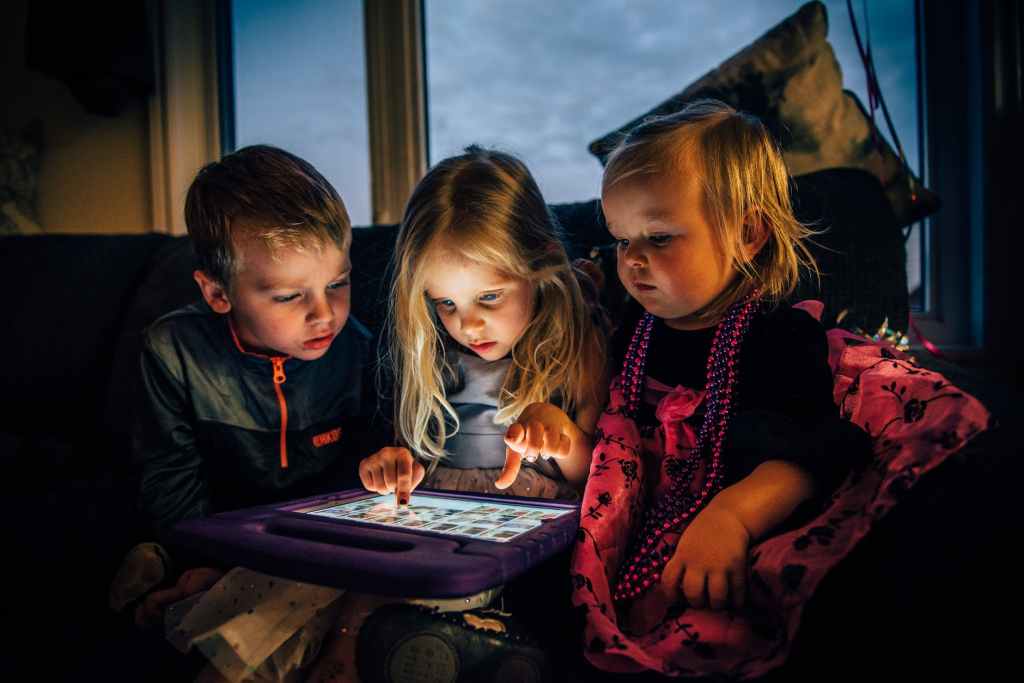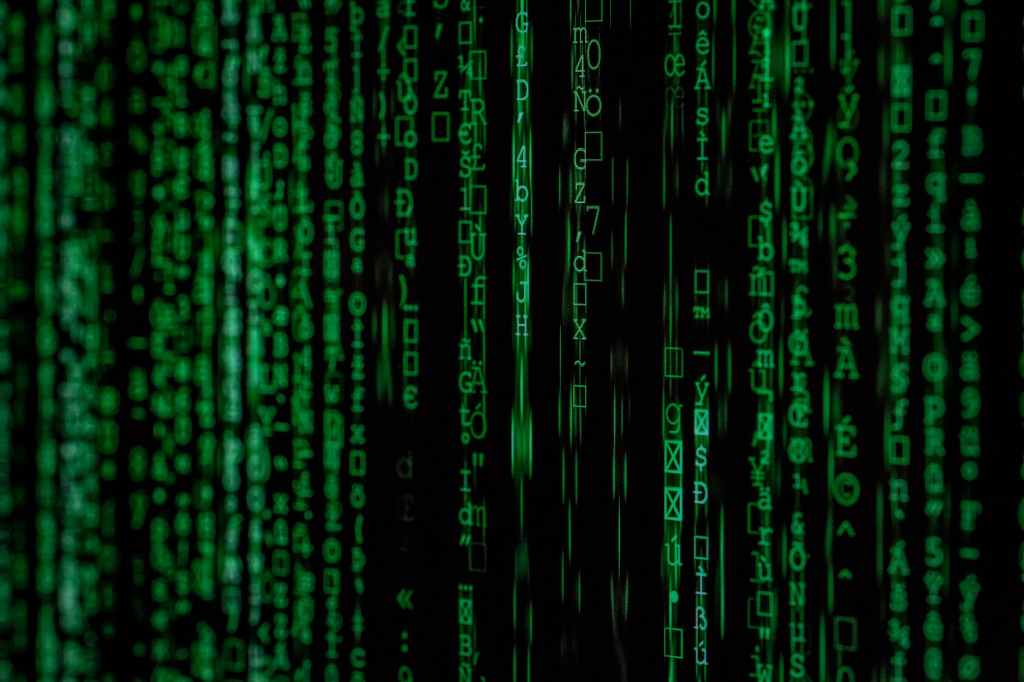
Whilst flicking through my phone for the 1000th time during lockdown, the one thing that I cannot moan about is that ‘I have nothing to do’. Fuelled by a seemingly contrary combination of both necessity and generosity, creators of the arts are allowing their work to go online for some much needed [albeit confined to our rooms] escapism. In fact, with the creative industries shutting down amidst lockdown, creative workers are having to get EXTA creative with digital technologies, which has made way for some unprecedented digital content.
Recently, the announcement that American crime drama, The Blacklist, is going to add animation to its partially-taped Season 7 finale, and the release of Little Mix’s new music video ‘Break Up Song’, which has combined animation and at-home filming to get around the Covid-forced shutdown, has shown what a unique period of history we are living in for the CCIs.
So, whilst the pandemic is a nerve-wracking time for the cultural industries, it is also proving to be a time of exciting digital innovation.
As said by Jonathan Whiteside in 2020,
“The digitization of operational processes has been on the radar for companies of all sizes for a while, but has usually landed in the we’ll get round to it eventually column”.
Covid19 however seems to have expedited digital transformation as businesses are being forced to adapt to remote working. In an era of digital disruption, having to think in new ways to keep up with technological transformation has been central to the creative industries since the world went digital, but lockdown is proving that necessity really is the mother of invention. In a macabre twist of events, the saying ‘keep up or die’ bears a morbid resonance.
Despite this, I question whether the influx of online content will prove to be a good thing for the future of the creative industries, or whether it will exacerbate some of the issues already posed by digitization. In particular, what does mean for the ‘3Cs’: Cultural Value, Creative Copyright and the Creative Economy.
Cultural Value
Faced with so many options, you can presently find me juggling between listening to the radio production of James Baldwin’s Giovanni’s Room, recently made available by the Internet Archive’s National Emergency Library, pretending I am in Covent Garden’s Royal Opera house watching one of the numerous ballets and operas they have made available for free on YouTube, or having a 360° virtual stroll around the historic Crystal Palace.

With all this choice, despite being imprisoned within my uni-house, I, rather ironically, feel the most cultured I have in all my life. In fancier words, my ‘cultural capitol’, which DiMaggio and Useem define as the ‘knowledge of high culture’ has never been higher (for a student with a limited budget for leisure expenditure and a trip to CineWorld standing in for the epitome of high-class culture.)
Yes, the bombardment of online content is highlighting the democratising merits of digitization in all its glory, and things like the ballet and museums are now accessible without time, money, or location barriers for perhaps the first time ever…

But, am I kidding myself that watching The Metamorphosis online, in my own, natural environment is really the same as seeing it in person? Does the online, dematerialised virtual tour of Crystal Palace really carry the same historical weight as walking around the site IRL? Am I really as lah-te-dah cultured after all this as I thought?
Whilst this 2017 panel discussion on a report commissioned by Google and created by the Economist Intelligence Unit entitled “A New Age of Culture: The Digitization of Arts and Heritage”, indicates that digitization actually improves physical engagement in cultural institutions (go to 17.00-18.00 minutes)…
I question, as Ruth Towse did in 2017, whether they are merely ‘substitutes or complements of the real, in-house performance‘.
When products become dematerialised, they become replicable, which surely decreases their cultural value?
Cultural products have a heritage, a story behind them, and confining them to an online space changes how we are connected to that product in a variety of emotional and psychological ways. Personally, I’m not quite certain that the history of the 1851 ‘Great Exhibition of Crystal Palace’ really feels quite so poignant against the backdrop of next door’s drum and base, and a suspicious mattress stain serving as my most prominent reminder of people of the historical past.
Copyright
The availability of so much new online content also raises questions that first arouse with the digitization of the music industry and the impact of piracy. Cultural objects that are streamed online can be copied and widely distributed, too affecting the cultural weight of a product. Hesmondhalgh states that “making a product in the cultural industries, amongst many other factors, depends on the production of artificial scarcity“, which is achieved through copyright or by limiting access to a product.
But digitization threatens artificial scarcity, a key feature of the traditional model of cultural production, by making everything easier to copy, and inevitably, less special. The Internet Archive’s recent launch of a national emergency library, making 1.4 million books free online, has already been critiqued for using Covid19 as an excuse for piracy.
Cultural Economy
The Internet Archive library denying authors of sales of books that are still under copyright also demonstrates how the acceleration of digital content under Covid19 may have a long-term effect on the creative economy.
Are people really going to want to pay for a book, or a ballet performance if they can see it for free, online?
What is the financial burden of increasing digitization for museums? It isn’t a totally new concern; the concept has been talked about during the lead up to the millennium, and NESTA have already been encouraging museums to adopt digital technology.

But with lockdown proving that it can be done, and NEMO (the National European Museums Organisations) recognising that stakeholders need to invest more in their digital efforts in the future because of the significant ways ‘digital cultural heritage is contributing to people’s enjoyment and creativity in lockdown’, it seems further pressure will be mounted on museums to follow suit. Will it only favour larger, better-funded companies that can afford the facilities? If we look back to this panel discussion (go to 1.31.00-1.34.50), even state-funded museums that can easily get ‘capital funding’ to build a project, struggle to secure ‘operational funding’ that keeps a project running, underscoring whether these digital initiatives can be self-sustaining. Will charges have to incur, complicating the long-standing debate that museums should be free? Or, on the plus side, will digitization attract youth employment that wouldn’t have usually been interested in cultural heritage?
In an age of digitization, the non-digital part of the creative economy is generally stagnating anyway, and some creative jobs are disappearing. Will lockdown prove that everything really can go online, further marginalising non-digital skills and dissolving real-life ‘physical’ experiences?
We’ve already seen the effects of disintermediation render intermediaries like HMV and Blockbusters a nostalgic signifier of the ‘good olden days’, but if museums can exhibit collections digitally, what will happen to jobs like the curators, and will there be any need for the museum site itself?…
With lockdown having a profound effect on online content, ‘when all this is over’, will it have changed the future of the creative industries for good?
Maybe people will continue to want to stay safely in their houses, too scared to venture out into the strange apocalyptic world we now inhabitant, further pushing for innovative digital growth.
Or will lockdown have proved the necessity and social virtues of real-life, physical, cultural experiences. Will people, sick of the sight of another screen, be flocking to the nearest museum in gleeful abandon within a millisecond of an official ‘get-go’, reversing the trend of increasing digitization?
With so many unknowns, one thing is for sure; whilst we are living through a time of huge uncertainty, the arts have proved to be a small-time hero, moral booster, and beating heart of the world, perhaps proving that the true value of the arts is to bring happiness, no matter how digital they become.


